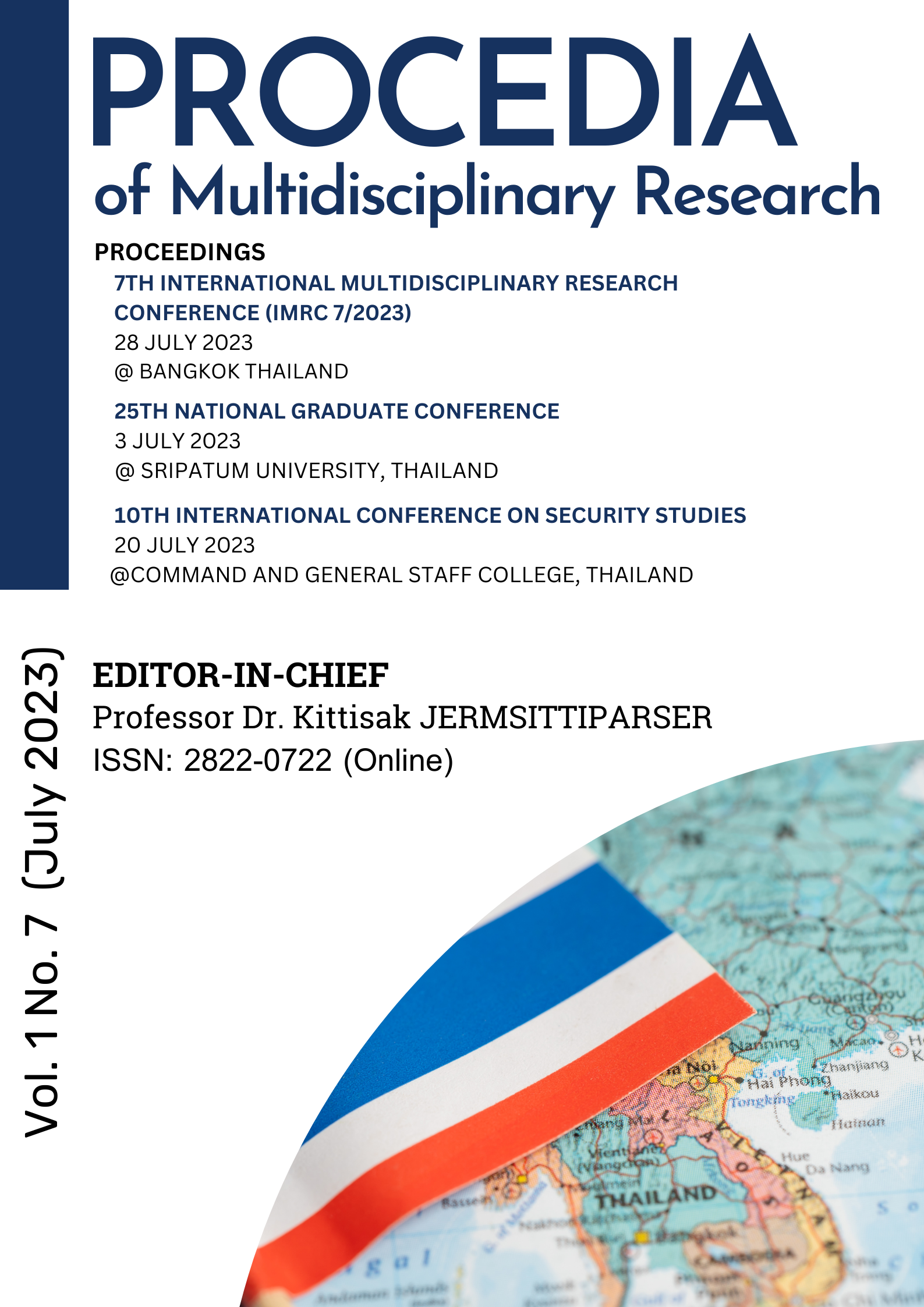THE EFFECT OF THERMAL PROCESSING ON TEXTURE PROFILE ANALYSIS OF EGG WHITE NOODLES
Keywords:
Egg white, Egg white noodles, Thermal processing, Texture profile analysis, Sensory evaluationAbstract
Egg whites are frequently utilized in various food products due to their excellent functional properties and being a rich source of protein. In recent years, there have been advancements in the development of egg white-based noodles, where encapsulation techniques are employed to eliminate the unpleasant odor associated with egg whites, making them more appealing to consumers. However, egg white noodles (EWN) still have a short shelf life and are sensitive to heat. Thermal processing techniques can affect the physiochemical and textural properties of EWN. Therefore, suitable thermal processing is crucial for the production of high-quality EWN. This study aimed to evaluate the effects of different thermal processing methods, namely pre-boiled (PB), boiled (B), pasteurized (P), and retorted (R) on the physiochemical properties, texture profile analysis, sensory acceptability, and the texture profile of P-EWN and R-EWN under various cooking methods. The findings revealed that thermal processing increased lightness, reduced yellowness, and improved the sizing of EWN. However, no significant differences in color and diameter of cooked EWN were observed. Moreover, pasteurization resulted in higher processed cooking yield compared to retort processing. The texture properties of EWN, including hardness, adhesiveness, tensile strength, elasticity, and firmness decreased with increased thermal processing. Across all the cooking methods, hardness, adhesiveness, and firmness of the noodles declined. Interestingly, there were no significant difference in sensory acceptability scores among the various thermal processing methods. These results have significant implications for the development of high-quality egg white-based food products with desirable sensory and textural characteristics.
Downloads
Published
Issue
Section
License

This work is licensed under a Creative Commons Attribution-NonCommercial-NoDerivatives 4.0 International License.







.png)


